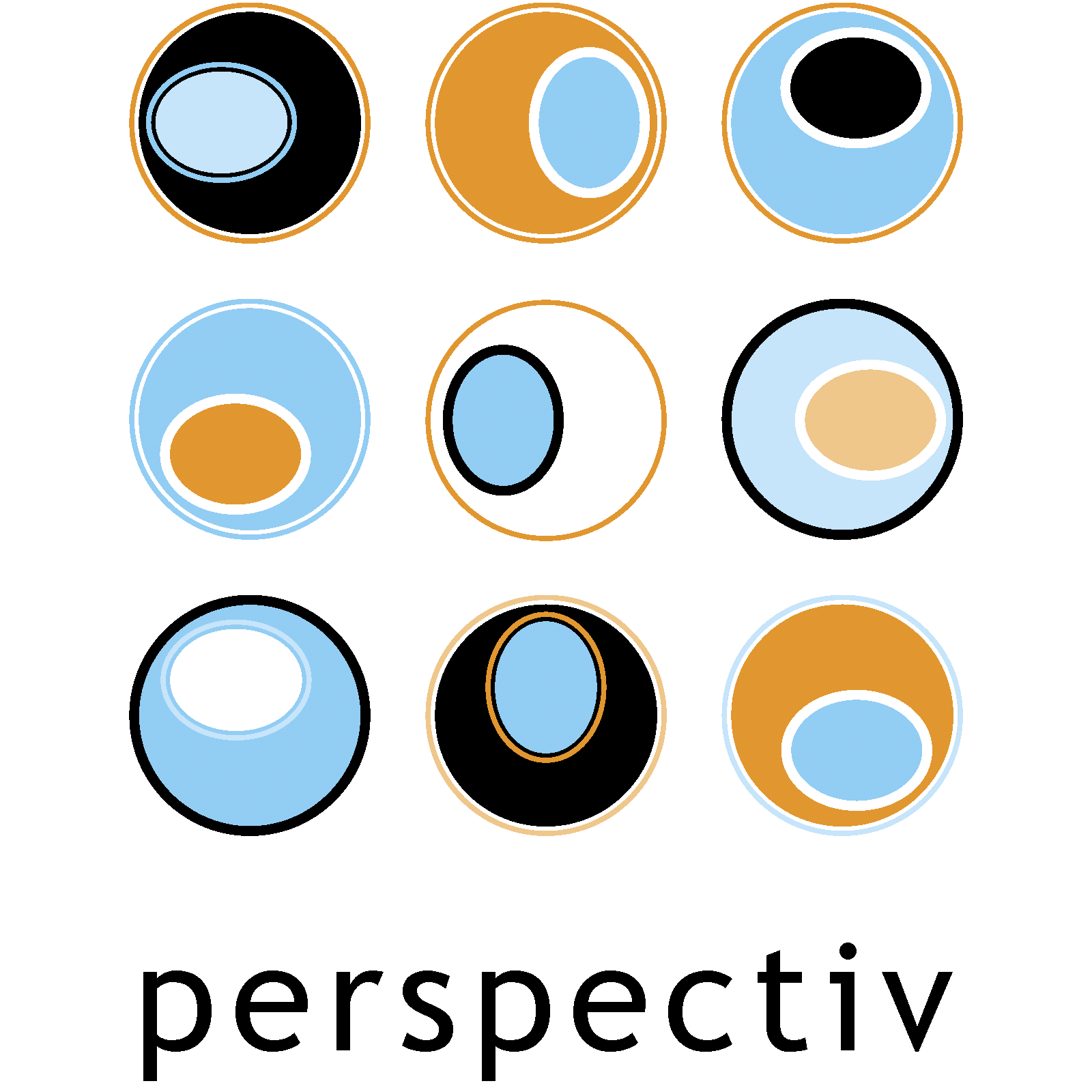Bull
The computer company invested in a Creative Problem Solving (CPS) training programme over four years, which saw a significant bottom line and behavioural impact in many areas.
The beginning
Having been introduced to Creative Problem Solving (CPS) through a global programme to transform the company that saw extraordinary results in the 1990s, a member of the Bull UK & Ireland Learning and Development (L&D) team brought CPS back to the UK. Over the next four years, Bull (a French computer company now part of Atos) invested over £400,000 in a CPS training programme with five streams:
A foundational course that 250 people from across the organisation attended
A facilitative leadership course that 50 people attended
An advanced facilitative leadership and train-the-trainer programme that six people attended
Support for applying CPS and facilitative leadership across the organisation and with customers wherever possible
Leadership development and coaching for managers sponsoring changes.
The HR Director explained the strategy for the investment:
‘Our vision was to provide people with transferable creative problem solving skills for two reasons. First, our approach to employees is that we can’t guarantee employment but we will try to ensure employability through skills development. Second, due to increased competition in the market, our strategy in the 1990s was to change the company in order to grow in the increasingly turbulent times. We needed to skill our people to handle change and innovation. CPS training has been at the heart of our approach to achieve this.’
Impact study
Over the four years, the programmes consistently rated exceptionally highly from course feedback – scoring on average 4.6/5. But what was the economic and social value of the programme? An impact study was conducted to determine:
The bottom line impact
The behavioural impact
What was working and what needed improving.
Interviews were held with a large cross-section of people to identify:
Where CPS had been applied
Outcomes / results
What was working well
What needed changing for the future.
The interviews were analysed and the results were published in a report that showed the investment in CPS had been repaid many times over.
Bottom line impact
The Managing Director of Customer Services outlined the additional revenue in that division attributed to CPS:
‘In Customer Services, the CPS method and tools were a major contributor for meeting and exceeding margin goals of £25 million despite decreasing revenue from traditional sources. Additionally, in ‘93, the traditional business accounted for 85% of revenue, in ‘96, it was only 50%. CPS provided the ways to earn approximately £31.6 million of additional margin over the four years 1993-1996.’
The Sales Director from the Systems Integration and Outsourcing Division reported:
‘Within the Systems Integration and Outsourcing Division, CPS helped create a new business unit which yielded about £10 million in new revenues in ‘96 and about £20 million in ‘97. This new business initiative was also accepted by head office for world wide application.’
Behavioural impact
The chart below provides a perspective on how people had used CPS and the benefits experienced in various situations. The majority of applications of CPS were inside the organisation, which was the original purpose of the training. However, it is worth noting that some practitioners who had developed their capabilities beyond the foundation level were also using their CPS skills with clients and some of those applications were for fees. Just over 1 in 10 participants reported using CPS directly to provide services to clients for fees.
Where CPS was applied
Key recommendations
The final part of the impact study report synthesised the findings and made one key recommendation: to develop the skills and knowledge required to lead change.
‘When the results of using CPS were studied, it was clear that there was a high level of impact. However, CPS was only being used in a few business areas and the best results came when there was good sponsorship. As a result of these insights, we recommend that the senior management team and their direct reports may wish to explore developing their capabilities to be better able to lead change. This would afford key decision makers with the opportunity to perform as more effective clients and change sponsors, and better utilise those who have been trained in CPS and facilitation throughout the organisation.’
The company’s Managing Director commented:
‘I believe, indeed now I know from our impact studies, that a major contribution to our success over the last four years has been due to the way we have managed innovation and change through our investment in education and training in these areas.’

